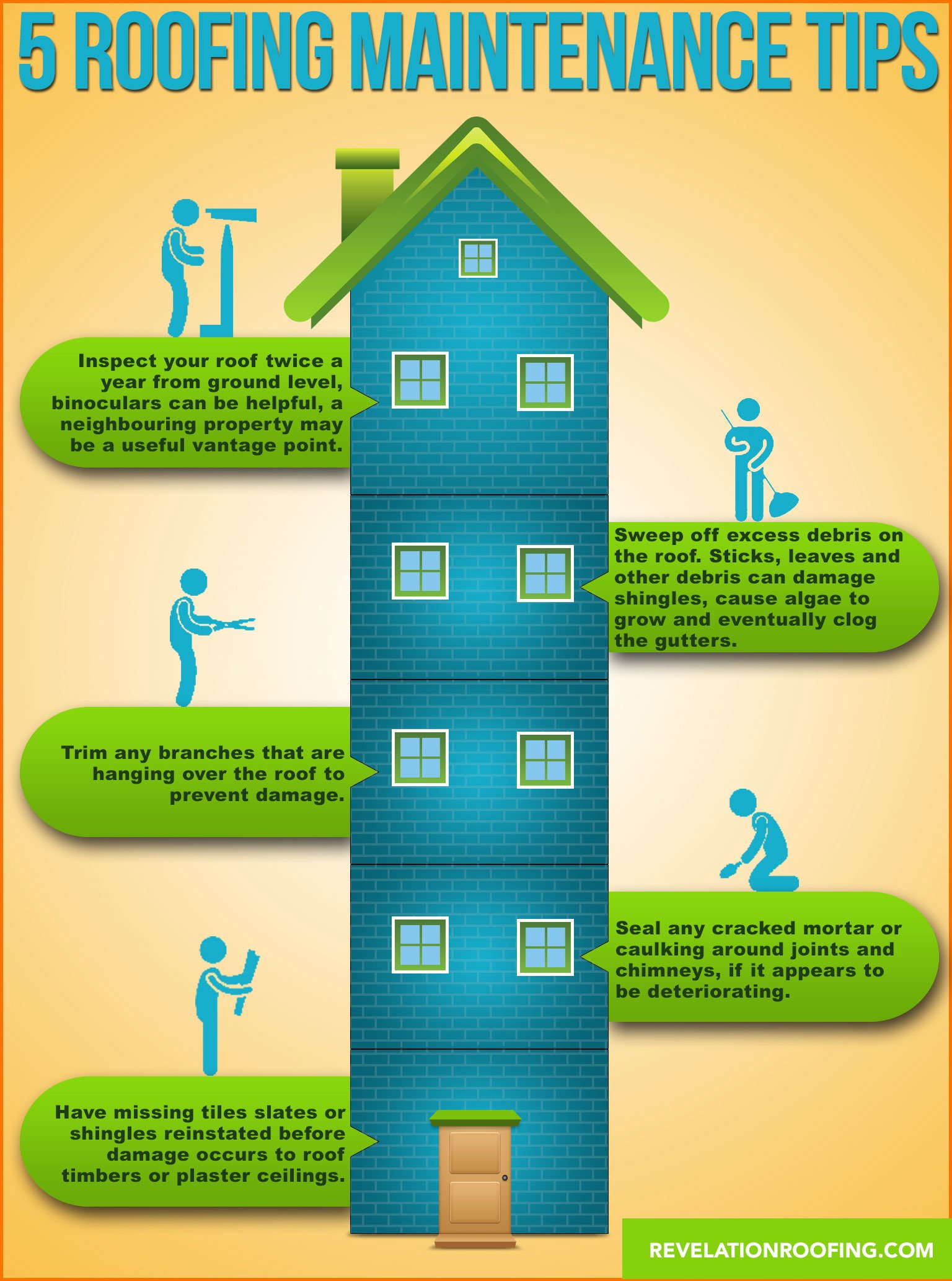Review The Financial Effects And Advantages Of Solar Setup To Determine The Prospective Financial Benefits For Those Interested In This Renewable Energy Venture
Review The Financial Effects And Advantages Of Solar Setup To Determine The Prospective Financial Benefits For Those Interested In This Renewable Energy Venture
Blog Article
Content Author-Rowe Potts
When thinking about the costs of solar installation, you might question the upfront financial investment called for and whether it lines up with the potential lasting advantages. Recognizing the complexities of these expenses and the different elements affecting the total return can shed light on the value suggestion of transitioning to solar energy. By assessing both the initial arrangement expenses and the forecasted financial savings in time, you can gain understanding right into whether the financial investment in solar installation holds guarantee for your economic future.
Initial Arrangement Expenditures
When thinking about the prices of solar installment, the initial arrangement costs play an important duty in your decision-making process. These upfront expenses include the rate of solar panels, inverters, mounting tools, and setup labor.
The rate of photovoltaic panels can differ depending upon the brand, performance, and size you select. Inverters are essential for transforming the sun's power right into usable electricity and come in various kinds such as string inverters, microinverters, and power optimizers, each with its own price effects.
Mounting devices, such as shelfs and rails, is essential to safely install photovoltaic panels on your roofing or building.
The setup labor expense covers the expert installation of the planetary system, ensuring that everything is set up correctly and successfully. Remember that while clicking here might appear high, there are often rebates, tax rewards, and funding choices offered to help offset the costs and make solar installment much more budget-friendly in the long run.
Long-Term Savings Analysis
To recognize the financial advantages of solar installation in time, it's vital to conduct a detailed lasting financial savings evaluation. While the preliminary setup expenses of photovoltaic panels may appear challenging, the lasting financial savings can surpass these expenses significantly. By utilizing the power of the sun to create electricity for your home, you can possibly save countless bucks on your utility costs over the life expectancy of your planetary system.
One of the essential elements to consider in a long-term financial savings evaluation is the reduction in your electrical power bills. With photovoltaic panels, you can produce your power, minimizing or even eliminating your dependence on the grid. This can lead to significant financial savings, particularly as energy rates continue to rise.
In https://dantenubhn.blogdosaga.com/30171616/how-to-select-the-right-solar-energy-company-for-your-home-a-detailed-overview , numerous federal governments provide incentives such as tax obligation credit scores and refunds for installing solar panels, further enhancing your long-lasting savings. By taking advantage of these rewards and maximizing your solar energy manufacturing, you can delight in substantial economic advantages for several years to find.
Roi Computation
Taking into consideration the monetary benefits of solar installation, it's time to evaluate the Roi (ROI) computation. Establishing the ROI includes comparing the overall prices of mounting a planetary system with the economic advantages it creates over its life-span.
To calculate ROI, divide the web make money from the system by the complete investment expense and multiply by 100 to get a percent. The ROI formula is: (Net Earnings/ Overall Investment Expense) x 100.
As an example, if the total cost of mounting a planetary system is $20,000, and over its life-span, it generates savings and revenues amounting to $30,000, the web profit would be $10,000. Dividing this by the complete investment price of $20,000 provides a proportion of 0.5. Multiplying this by 100 provides an ROI of 50%.
Usually, a greater ROI suggests an extra economically fulfilling financial investment. Factors like government rewards, upkeep prices, and power rate fluctuations can influence the ROI of solar installments. Comprehending the ROI aids in assessing whether purchasing solar power is worth it in the long run.
Verdict
In conclusion, recognizing the expenses of solar installment is crucial for determining if it is worth the investment. By taking into consideration initial configuration expenditures, conducting a lasting cost savings evaluation, and determining the return on investment, you can make an informed decision concerning the monetary value of solar energy. With the capacity for lowered utility bills and raised power self-reliance, investing in solar installment can be a smart selection for both your wallet and the setting.
